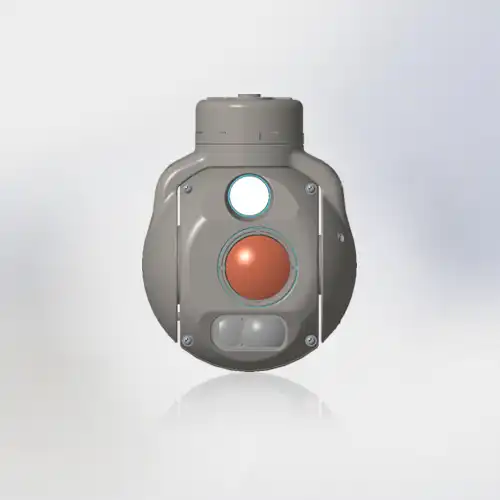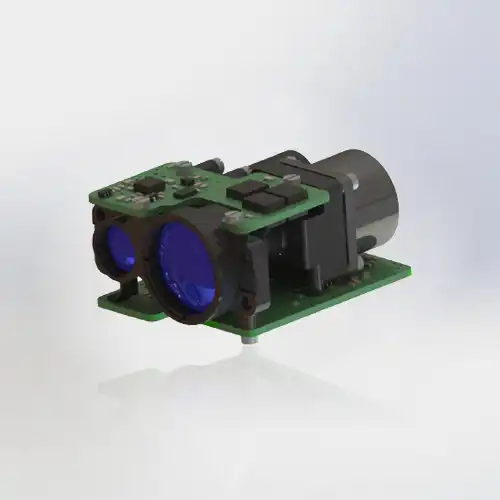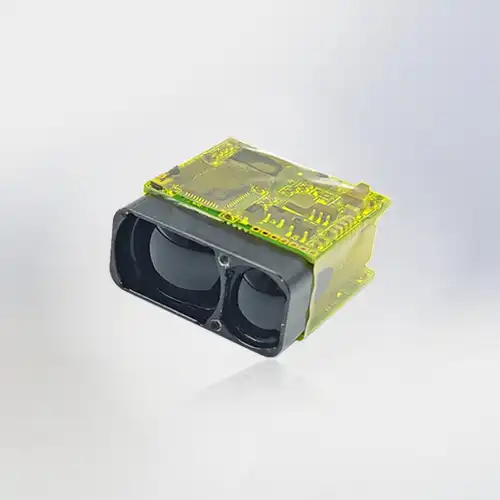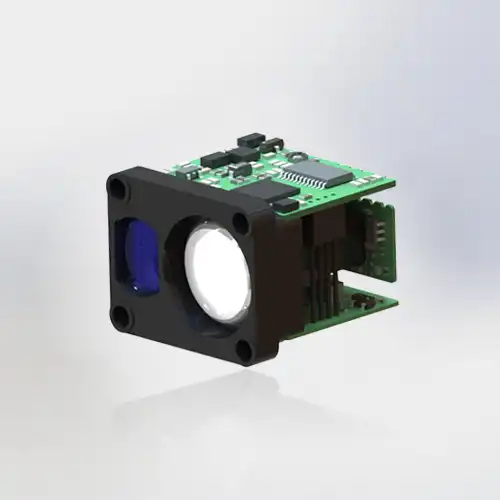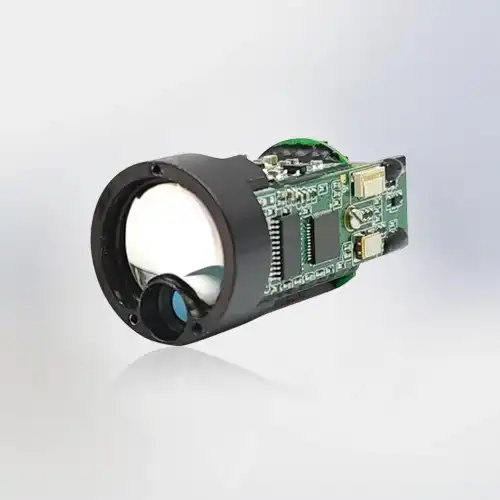Which laser is used in laser range finder?
Laser rangefinders play a vital role in various fields, including construction, surveying, and outdoor activities. Their ability to provide precise distance measurements quickly and accurately enhances efficiency and productivity. Unlike traditional measuring tools, the rangefinders eliminate human error and minimize measurement time, making them invaluable for professionals who require high precision. Additionally, their compact design and ease of use allow for versatility in different environments, from urban construction sites to remote wilderness areas. The Rangefinders rely on lasers for precise distance measurement, making it imperative to understand the specifics of the laser technology employed.
B-Side Customer Concerns
Laser Safety
When discussing B-Side customer concerns regarding the laser safety of lasers used in laser rangefinders, it is crucial to address several key factors. Firstly, customers often worry about potential eye damage from exposure to laser beams. Manufacturers must comply with safety standards set by organizations such as the International Electrotechnical Commission (IEC) to ensure their products are safe for consumer use.
Additionally, customers may have concerns about the proper usage of laser rangefinders, particularly in outdoor environments where reflective surfaces can intensify laser visibility and risk. Providing clear guidelines and warnings in the user manual can help mitigate these risks.
Furthermore, educating customers about the differences in laser classifications—such as Class 1, Class 2, and Class 3 lasers—can enhance their understanding of safety levels associated with different devices. Overall, addressing these concerns through proper education and compliance with safety regulations can instill confidence in users regarding the safe operation of laser rangefinders.

Accuracy and Precision
When it comes to laser rangefinders, accuracy is one of the primary concerns for customers. Many users rely on these devices for precise measurements in various applications, including hunting, golfing, and construction. A small error in distance measurement can lead to significant implications, such as miscalculating the range to a target or misjudging distances on a job site.
Customers often seek assurance that the laser rangefinder they choose can deliver reliable and consistent results. Factors influencing accuracy include the quality of the optics, the calibration of the device, and environmental conditions such as temperature, humidity, and light interference. Moreover, users may express concerns about how well the rangefinder performs over long distances or in challenging terrains. Understanding these concerns is crucial for manufacturers to enhance their products and ensure customer satisfaction in a competitive market.
Battery Life
Battery life is a major concern for customers when choosing a laser rangefinder, as these devices are often used in remote locations where access to charging or replacement batteries is limited. Whether on a multi-day hunting trip, a long golf session, or a full day of surveying, users depend on their rangefinders to function reliably throughout. A short battery life can disrupt critical tasks and lead to frustration, especially when the device unexpectedly dies in the middle of use.
Customers also worry about how quickly different features, like continuous ranging or backlit displays, drain the battery. They often look for models that offer long-lasting performance, energy efficiency, and the ability to provide low-battery alerts. Addressing battery life concerns is essential for ensuring customer satisfaction and maintaining trust in the product's reliability.
Durability and Weather Resistance
Durability and weather resistance are critical concerns for customers when selecting laser rangefinders. Many users take these devices into various environments, from rugged outdoor settings for hunting and hiking to construction sites exposed to the elements. As a result, they need assurance that their equipment can withstand harsh conditions, including rain, dust, and extreme temperatures.
Customers often inquire about the materials used in the construction of the rangefinder, such as whether it features a sturdy housing that can resist impact and protect the internal components. Additionally, waterproof ratings and weatherproofing are essential factors, as users want to ensure the device remains functional in inclement weather. A reliable rangefinder should not only provide accurate measurements but also stand up to the rigors of outdoor use, ensuring long-lasting performance and customer satisfaction. Addressing these concerns can significantly influence purchasing decisions and brand loyalty in a competitive market.
FAQ
1. What laser technology is typically used in Laser Rangefinders?
Laser Rangefinders commonly employ semiconductor lasers, such as diode lasers, due to their compact size and efficiency in emitting coherent light pulses.
2. Are the lasers in Laser Rangefinders safe for human eyes?
Yes, Laser Rangefinders utilize low-power lasers classified as Class 1 or Class 2, which are considered safe for direct human exposure under normal operating conditions.
3. How does laser technology affect the accuracy of Laser Rangefinders?
The type of laser, whether pulse or continuous-wave, influences the precision of distance measurements, with pulse lasers offering higher accuracy suitable for long-range measurements.
4. Are laser sights durable?
Most laser sights are designed to withstand harsh conditions, including impacts, moisture, and extreme temperatures. However, durability can vary based on the materials used in construction. Customers should look for models made from high-quality, rugged materials to ensure long-lasting performance.
5. How do I properly mount a laser sight?
Proper mounting of a laser sight typically involves securely attaching it to the firearm’s rail system and aligning it with the barrel. It's crucial to follow the manufacturer's instructions for installation and adjustment to ensure accuracy and safety.
6. Can laser sights be used in conjunction with scopes or red dot sights?
Yes, laser sights can be effectively used alongside scopes or red dot sights. Many shooters utilize this combination to enhance their aiming options, particularly in varied shooting scenarios.
Conclusion
Selecting the right rangefinders involves understanding the laser technology used, ensuring it meets safety standards while delivering the required accuracy and durability. Manufacturers like Hainan Yiyang Technology Co., Ltd. provide a range of options tailored to different needs, supported by their expertise in rangefinder production.
Hainan Yiyang Technology Co., Ltd. is a professional Laser Rangefinders manufacturer and supplier, with large inventory, complete certificates, fast delivery, strict packaging, support for testing, support OEM, ODM. If you are choosing your own rangefinders, please contact us at photoelectric01@eyoungtec.com.
Reference
1. Hurst, J. (2020). The Basics of Laser Rangefinders. Laser Focus World. Retrieved from https://www.laserfocusworld.com
2. Green, R. (2021). Understanding Laser Technologies in Rangefinders. Photonics.com. Retrieved from https://www.photonics.com
3. Optics for Hire. (n.d.). Types of Lasers Used in Range Finders. Retrieved from https://www.opticsforhire.com
4. McCarthy, P. (2019). Laser Rangefinders: How They Work and What Lasers They Use. Journal of Optical Engineering, 58(3), 1-9. doi:10.1117/1.OE.58.3.030901
5. Dakin, J. (2018). Choosing the Right Laser for Your Rangefinder. Laser Focus World. Retrieved from https://www.laserfocusworld.com

